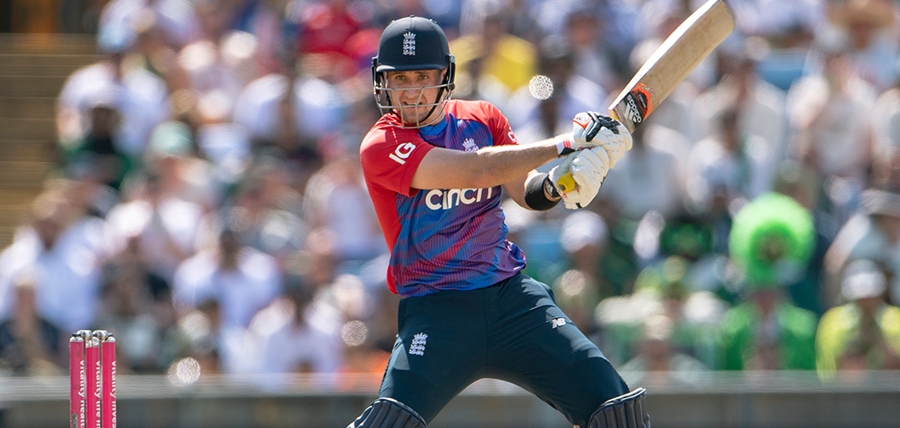Kevin Pietersen: England's young talent can justify The Hundred

The Betway ambassador reveals the elements of the new 100-ball competition that he likes most but writes that it is the stars of the show who can make it work.
The Hundred format deserves a chance
The format of The Hundred is controversial but, ultimately, will be proved right or wrong in a month’s time when we know whether or not the public liked it.
I’m all for innovation. I was an innovator when I played. I like to see progressive thinking and an embracing of change.
But I can’t sit here and say that it’s going to work because I think that would be foolish.
I played at the start of the T20 revolution and it took a long time to get used to it and to become engaged in it.
We know that the public in this country support sport incredibly well, though, and I’m sure it’s going to be given a fair chance.
It’s really going to be about the players going out there and putting on a show. The quality of the players in this country means that the cricket should be great.
I’ll be covering the tournament for Sky – my first game is on Friday – and I think it’s also my job as a broadcaster to put my best foot forward and throw myself into things.
It’s going to be interesting for analysts, statisticians and broadcasters because this competition has no history. There is no statistical basis for anything.
Obviously it’s quite similar to T20 in terms of length of innings but everybody is going to be learning about its intricacies – whether to bat or bowl first, how to pace an innings, when to bowl which bowlers – as we go along.
I played at the start of the T20 revolution and it took a long time to get used to it and to become engaged in it.
But it went on to change the game, so it would be wrong not to wait and see how The Hundred pans out in the next few weeks before making a judgement.
Using runs instead of overs is long overdue
There are certainly elements of The Hundred that are going to simplify the game.
I really like the fact that we’re going to be talking about balls instead of overs – it should really add to the theatre.
I’ve always thought that it should be that way anyway. When you’re chasing 70 from 36 balls, it’s much easier to understand that you need to make up the difference between those numbers, rather than think about there being six remaining overs.
You take a lot of pressure off yourself as a batsman by thinking that way and I also think it’s a much more entertaining way of talking about it as a fan. New supporters of cricket will find that concept much easier to understand.
As is the case across all formats of cricket, though, the speed of the game is absolutely paramount.
You simply won’t achieve your aim of attracting new spectators if it’s taking 90 minutes or longer to complete a 100-ball innings.
It shouldn’t be taking much more than an hour to get through these innings and there should be lots of pressure on captains to complete matches in good time.
We need constant energy and constant moving. They need to get on with it.
My 11-year-old son won’t sit down to watch a day of Test cricket, as much as I’d love him to, but he will watch highlights. The younger generation want everything yesterday.
IPL and Big Bash matches take far too long and this competition needs to lead the way in terms of speeding everything up.
A shame to see so many withdrawals

It’s completely understandable, but it’s frustrating to watch so many big names pull out of The Hundred, and I just hope that its credentials are still intact without the pull of those huge names.
With quite a few of the big England players quite rightly focusing on the Test series with India, there are a fair number of star attractions not involved.
It was fantastic to see England’s ODI B team fare so well against Pakistan, though, and those players can at least star during this event.
The ECB put a heavy ticket on white-ball cricket after the 2015 World Cup and you can now see the number of players coming through who play the game in the same style as the normal England side.
Phil Salt, Liam Livingstone and others have really put a show on in the last few weeks and have a chance to make themselves household names in the absence of other stars.
Visit Betway's cricket betting page.




































